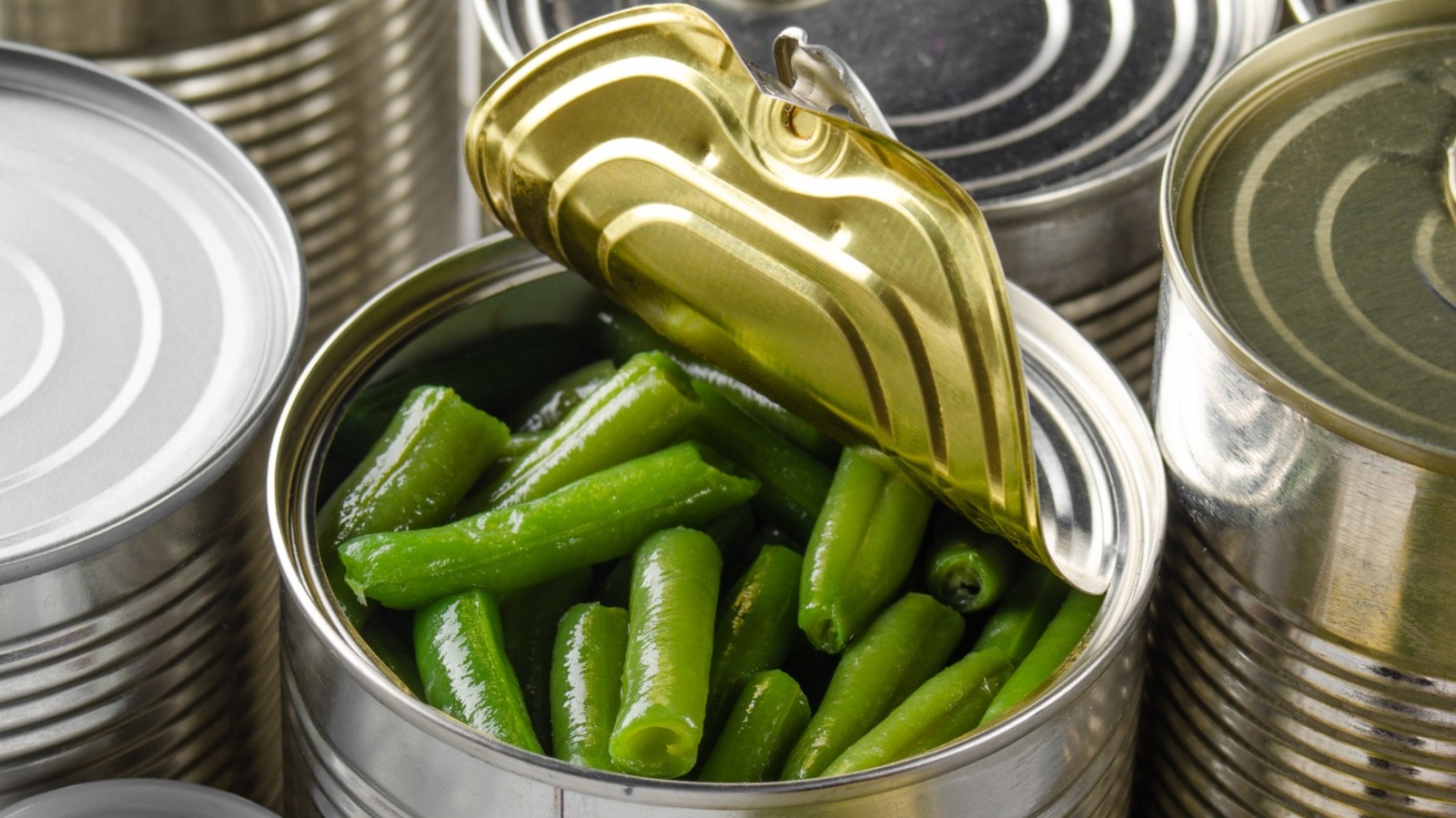
"Canned green beans have been around for decades and are an affordable, shelf-stable option for a quick dinner side. But you may want to pause before tossing a can or two in your grocery cart. While you may think you're getting the same product as you would with frozen or fresh variants, the canned counterpart often comes with one major drawback - higher amounts of salt."
"A single serving of green beans can sometimes contain over 460 milligrams of salt, just over 20% of the daily recommended sodium intake of 2,300 milligrams. A product with 20% or more of sodium per serving is considered high, as per the Food and Drug Administration ( FDA). And according to the Centers for Disease Control and Prevention ( CDC), the average American consumes 3,400 milligrams of sodium per day, well over the recommended limit."
"There are other potential drawbacks to consuming canned green beans - the canning process often results in a softer, mushier bean, which lacks the crisp crunch of the fresh variant. The color is different as well, with canned green beans often having a duller tone. While these factors may not be as pressing as health-related ones, they can still affect the enjoyment and visual presentation of your meal."
Canned green beans provide an affordable, shelf-stable side but frequently contain significantly higher sodium than fresh or frozen varieties. A single serving can have over 460 milligrams of salt, exceeding 20% of the recommended 2,300-milligram daily limit, while average consumption often surpasses that limit. Canning also softens beans and dulls their color, reducing crunch and visual appeal. Draining and rinsing canned beans can lower sodium by about 10–12 percent. Choosing low-sodium or no-added-salt labeled cans further reduces sodium, though labels do not guarantee zero salt.
Read at Tasting Table
Unable to calculate read time
Collection
[
|
...
]